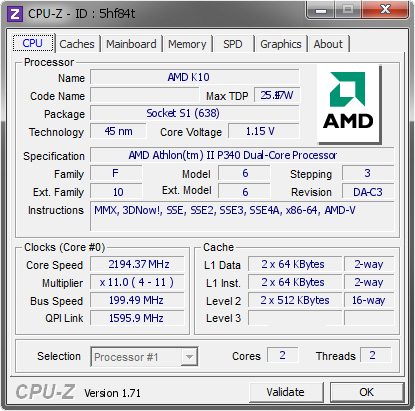
In the late 1970s this market was hugely dominated by This time IBM did not wanted to repeat the mistake with personal computers. IBM entered the minicomputer market lately, as a result many new rivals such as Digital Equipment Cooperation the DEC and others earned billions. This story starts with International Business Machines, the IBM, which had a share of 62 percent in the mainframe computer. The Technology Exchange Agreement with Intel In the mid of 1980 AMD had some success with the AMD 7910 and AMD 7911 “World chip”. Eventually it discontinued it to focus on the x86 processor. It was designed using a variety of Berkeley RISE architecture. Throughout the 1980s AMD produced a line of 32-bit RISC processor called the AM2900 series. After they parted ways AMD bought Siemens’ stake in the US division in 1979. AMC (Advanced micro Computers) was established in Silicon Valley and Germany. In 1977 AMD entered into a joint venture with Siemens, where Siemens bought 20 percent of AMD share, thereby giving AMD a cash flow to increase its product lines.
AMD K10 BASED CPUS LICENSE
Soon in 1976 AMD Was granted a copyright license to microcode in its processor by Intel.
AMD K10 BASED CPUS SERIES
It also created the AM2900 which was not a processor rather a series of component to build a 4-bit modular processor. In the same year AMD entered into the microprocessor market with a reverse engineered clone of the Intel processor Intel 8080, called Am9080. By the 212 products 49 were proprietary like the Am9102, while three low power schottky MSI circuits. 12 AMD K6-III: The Integration of L2 Cacheīy 1975 AMD had over 212 products which were being produced by the company.2 The Technology Exchange Agreement with Intel.In 1972 AMD went public, becoming a second source of the Intel MOS/LSI circuits with its products such as Am14/1506 and Am14/1507. In the same year AMD entered into the RAM market with the Am3101 (a 64-bit bipolar RAM). In the same year AMD produced its first proprietary product, the Am2501 logic counter, which became very successful.ĪMD bestselling product in 1971 was the Am2505, the fastest multiplier. It was a 4-bit MSI shift register and started selling in 1970. In the month of November 1969, AMD manufactured its first product, the Am9300. Many computer manufacturers, telecommunication industry and instrument manufactures wanted reliability in microchips. At first AMD focused on producing logic chips, where the company guaranteed quality control to United States Standard. Initially AMD started to supply microchips, designed by Fairchild and National semiconductor. In the September of 1969, AMD moved from its temporary location in Santa Clara to Sunnyvale, California. Jerry sanders the worldwide sales manager at Fairchild Semiconductor laid the foundation of AMD with his team of seven. It was in 1969 just a year after Intel, Amd was born. In this article I will be telling you what phases went by after AMD was born. Processors with a "u" following the model number (e.g., 250u) are ultra-low voltage models.As discussed in my previous article about AMD History, its beginning before the making of microprocessor. Processors with an "e" following the model number (e.g., 245e) are low-power models, typically 45W for Athlons, 65W for Phenoms. HyperTransport Technology (not the same as Intel Hyper-Threading Technology) Includes: AMD Direct Connect ArchitectureĪMD PowerNow! Technology (Cool’n’Quiet Technology)

In some cases, the Phenom II Deneb die is used with disabled 元 cache and cores in the case. The triple-core Rana is derived from the Propus quad-core design, with one core disabled.

The Athlon II x2 200e-220 chips have less L2 cache than the rest of the Regor line. Regor is a native dual-core design with lower TDP and additional L2 to offset the removal of 元 cache. There are two principal Athlon II dies: the dual-core Regor die with 1 MB L2 Cache per core and the four-core Propus with 512 KB per core. However, unlike its Phenom siblings, it does not contain any 元 Cache. The Athlon II series is based on the AMD K10 architecture and derived from the Phenom II series.


 0 kommentar(er)
0 kommentar(er)
